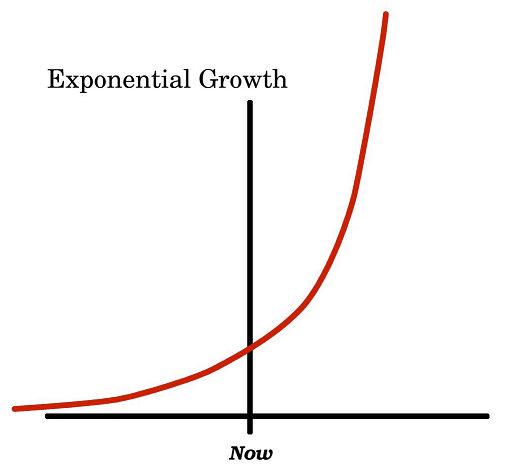This weekend, Philadelphia ran subways all night on two of its lines for the first time in 23 years, and ridership jumped. The city normally runs a night-owl bus that mirrors the subway between midnight and 5 a.m., but the early Sunday morning subway ridership this weekend was 35 percent higher than the average for the bus.

The return to overnight service on two lines doesn’t yet put Philly in the ranks of New York and Chicago, the only two U.S. cities with round-the-clock rail. After all, Philly’s all-night service experiment is only on weekends, only for the summer, and only on the Broad Street and Market-Frankford lines -- at least for now. But there are reasons to think that improving late-night transit can be a boon for the entire system.
“Metropolitan areas across the United States — whether their primary mass transit system is a metro rail or a commuter train or a bus network — are recognizing that city residents can't get by on great rush-hour service alone,” wrote Eric Jaffe in CityLab, then called Atlantic Cities, in February. “They need frequent, reliable transit all hours of the day and long into the night.”
Jaffe quoted transportation planner David King of Columbia University: "The growth in transit ridership is happening in the off-peak hours," said King. "It's strange. You get on a train at five o'clock in the morning and it's jammed."
Philly already had late-night transit -- it was just a bus, rather than a train. But many people ignored that option, choosing instead to pay for a taxi or just making sure to be home before the subways closed at midnight. What is it about all-night subway service that draws them when the night-owl bus did not?
Maybe people feel safer waiting in a subway station in the wee hours, rather than a bus stop. But there’s a safety argument to be made for the night-owl bus too: Although the bus is supposed to follow the same limited-stop route as the subway, drivers are required to stop anywhere riders want to get off, meaning shorter walks.
Or maybe people prefer having one option that works no matter what time it is, rather than having to keep track of various schedules.
Those are probably factors, said transit planner Jarrett Walker, but it’s unfair to compare bus to rail in the first place. “Subways have higher ridership anyway because they serve denser markets at higher speeds and usually with higher reliability,” he said.
There are other reasons to hold off on making big assumptions based on the first weekend’s numbers. First of all, the summer schedule went into effect June 15, in the middle of the weekend, so we don’t even have a whole weekend’s worth of ridership numbers to work with -- just one night.
“In addition, a minor equipment malfunction prevented us from collecting boarding data from three subway stations, which we think skewed the numbers just a bit (probably higher rather than lower),” said SEPTA’s Manuel Smith. “That has since been resolved.”
A public information blitz by SEPTA may have also contributed to a strong opening day, though increased nighttime travel during the summer may keep the ridership strong.
Smith thinks this upcoming weekend will be more telling.
But the question remains: Who were the new riders this weekend -- people who shunned late-night bus service but embraced late-night subways? Philadelphia city planner Ariel Ben-Amos, who works in the city’s water department, says the answer may lie with the genesis of the project: It started with a 29-year-old blogger.
StreetsDept blogger Conrad Benner, a car-free (and “bike-averse”) Philly native, started a petition on Change.org in February asking SEPTA for 24/7 service. “Reliable public transportation -- day or night -- is one of the foundations of a flourishing, prosperous city,” he wrote. The petition never got much more than half the signatures it was aiming for, but it didn’t matter. Before he even had a chance to deliver the petition, the media started hounding SEPTA about it. According to the South Philly Review, SEPTA’s response was essentially, “Actually, we’re talking about it and planning to give it a try.”
Were white millennials like Benner the new late-night riders this weekend, coming home from hipster bars rather than graveyard shift jobs? Possibly. Ben-Amos says older riders tend to like the bus, since they don’t have to climb the stairs to the El and the buses kneel for them. “All of which actually suggests that you are serving a new market, which I think is the real story,” Ben-Amos told me. “Here you have SEPTA responding to a publicity / advocacy campaign to serve a new market segment, adapting to a new Philadelphia.”



